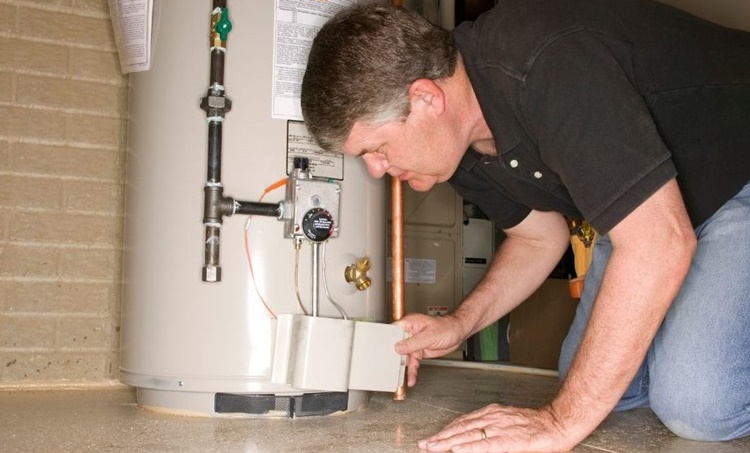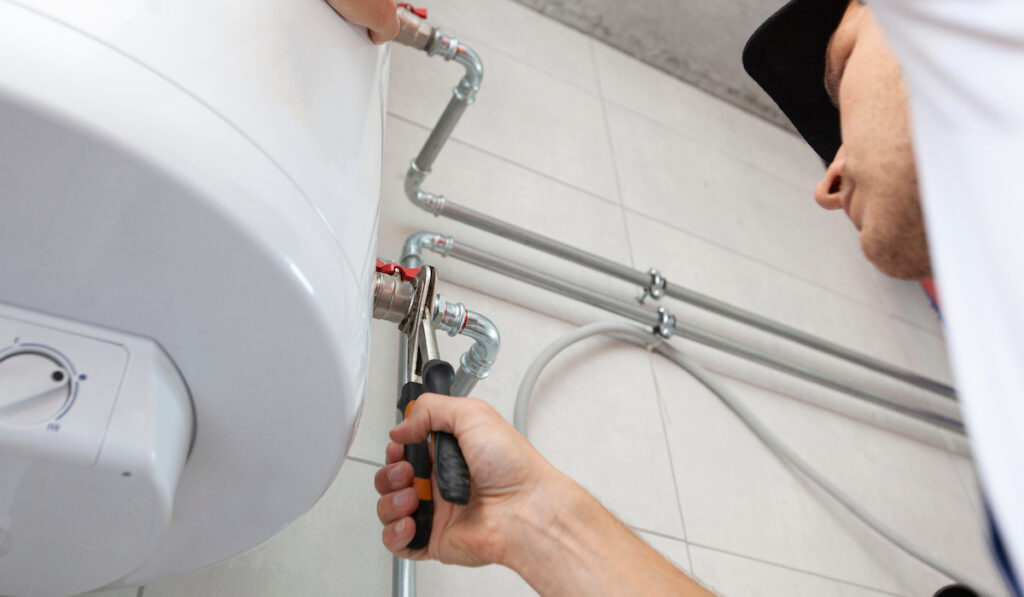How to Properly Care for Your Home's Hot Water System
How to Properly Care for Your Home's Hot Water System
Blog Article
We've stumbled on the article on How to Maintain a Hot Water Heater in a Few Simple Steps listed below on the internet and accepted it made sense to talk about it with you in this article.

Warm water is essential for everyday comfort, whether it's for a rejuvenating shower or washing dishes. To guarantee your warm water system runs efficiently and lasts much longer, normal maintenance is vital. This post provides sensible ideas and understandings on exactly how to maintain your home's warm water system to prevent disruptions and pricey repair services.
Introduction
Keeping your home's warm water system might appear difficult, yet with a couple of simple actions, you can ensure it runs smoothly for several years to come. This guide covers whatever from understanding your hot water system to do it yourself maintenance ideas and recognizing when to contact specialist help.
Value of Keeping Your Hot Water System
Routine upkeep not just expands the lifespan of your warm water system yet also guarantees it runs efficiently. Overlooking upkeep can lead to reduced efficiency, greater energy expenses, and also premature failing of the system.
Signs Your Warm Water System Needs Maintenance
Recognizing when your hot water system requires attention can stop significant problems. Keep an eye out for signs such as irregular water temperature level, strange noises from the heating system, or rusty water.
Comprehending Your Warm Water System
Before diving right into upkeep tasks, it's useful to comprehend the basic elements of your warm water system. Generally, this includes the hot water heater itself, pipelines, anode rods, and temperature level controls.
Month-to-month Upkeep Tasks
Regular regular monthly checks can aid capture minor problems prior to they rise.
Flushing the Water Heater
Purging your water heater gets rid of debris buildup, enhancing performance and lengthening its life.
Checking and Replacing Anode Rods
Anode rods prevent corrosion inside the tank. Examining and replacing them when worn out is important.
Examining and Adjusting Temperature Level Setups
Adjusting the temperature settings makes sure optimum efficiency and safety.
DIY Tips for Maintenance
You can perform several upkeep jobs on your own to maintain your warm water system in top condition.
Checking for Leakages
Consistently inspect pipes and connections for leaks, as these can result in water damage and higher expenses.
Evaluating Pressure Relief Valves
Examining the stress safety valve ensures it works correctly and prevents excessive pressure buildup.
Shielding Pipes
Insulating hot water pipes lowers warm loss and can save energy.
When to Call an Expert
While DIY maintenance is useful, some problems need professional knowledge.
Complex Concerns Calling For Specialist Aid
Instances include major leaks, electrical troubles, or if your hot water heater is continually underperforming.
Regular Expert Maintenance Benefits
Professional upkeep can consist of complete evaluations, tune-ups, and guaranteeing compliance with safety and security requirements.
Conclusion
Normal maintenance of your home's hot water system is necessary for efficiency, long life, and expense savings. By complying with these pointers and understanding when to look for expert help, you can make sure a reputable supply of warm water without unexpected disturbances.
How to Maintain an Instant Hot Water Heater
Before tinkering with your hot water heater, make sure that it’s not powered on. You also have to turn off the main circuit breaker and shut off the main gas line to prevent accidents. Also turn off the water valves connected to your unit to prevent water from flowing into and out of the appliance. 2. When you’re done, you have to detach the purge valves’ caps. These look like the letter “T†and are situated on either side of the water valves. Doing so will release any pressure that has accumulated inside the valves while at the same time avoid hot water from shooting out and burning your skin. 3. When the purge valves’ caps are removed, you have to connect your hosing lines to the valves. Your unit should have come with three hoses but if it didn’t, you can purchase these things from any hardware or home repair shops. You can also get them from retail stores that sell water heating systems. Read the user’s manual and follow it to complete this task properly. When the hosing lines are connected, open the purge port’s valves. 4. You should never use harsh chemical cleaners or solutions when cleaning your unit. Make use of white vinegar instead. It should be undiluted and you’ll probably use about 2 gallons. 5. Now flush your water heater. This task should probably take about 40 minutes. We can’t give you specific directions for this because the procedure is carried out depending on the type, model and brand of your heater. With that being said, refer to the user’s manual. 6. When you’re done draining the unit, you have to turn off the purge port valves again. Remove the hosing lines that you earlier installed on each of the water valves. Put the valve caps (purge port) back in their respective places and be very careful so as not to damage the rubber discs that are found inside these caps. 7. Now that everything’s back in place, check your user’s manual again to find out how to reactivate your water heating system. 8. Once it is working, turn one of your hot water faucets on just to let air pass through the heater’s water supply pipes. Leave the tap on until water flows smoothly out of it. https://www.orrplumbing.com/blog/2014/september/how-to-maintain-an-instant-hot-water-heater/

I was introduced to that write-up on How to Maintain Your Water Heater & Prolong its Life through a buddy on a different domain. Do you know about anybody else who is fascinated by the topic? Be sure share it. Thanks a lot for your time spent reading it.
Maintenance Sign-Up Report this page